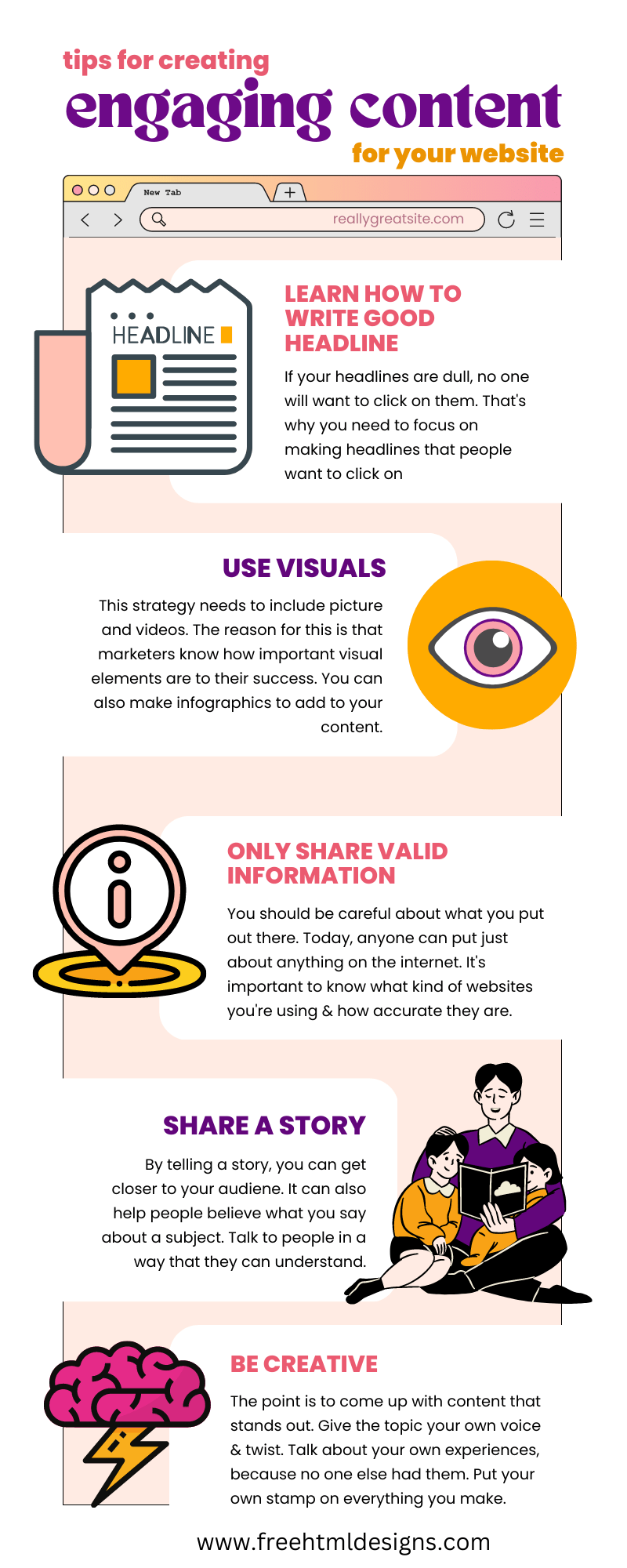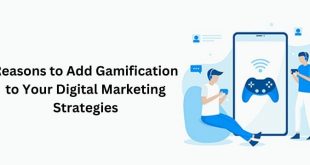If you have ever looked into how some SaaS companies are getting all the media attention, you’ve probably come across articles about their content marketing strategy. While those stories are interesting, they never actually explain how to start a business and implement your own successful content marketing system.
While content marketing is one of the best ways to acquire new customers, few companies use it effectively. This is the article for you if you’re looking for a quick and comprehensive overview of content marketing for SaaS (Software-as-a-Service) companies.
Why content marketing?
Content marketing is a strategic approach to creating and distributing valuable, relevant, and consistent content to attract and retain a clearly defined audience and, ultimately, drive profitable customer action.
While the process may sound simple enough, the reality is that most brands fail to achieve the desired results. That’s because they don’t clearly understand who their target market is or what they need to do to solve their problems.
For content marketing, you need someone who understands the SaaS industry. This person needs to know:
- The difference between SaaS and consumer goods
- How SaaS companies go about their sales process
- What kind of content do they produce
If you hire freelancers, ensure they understand your industry and customers’ needs.
To help you better understand the ins and outs of successful content marketing for SaaS companies, we’ve outlined seven key steps you need to take.

7 steps to successful content marketing for SaaS
1. Identify your target customer personas
The first step to successful content marketing is understanding your audience.
- Who are they?
- What do they care about?
- What topics do they want to read about?
The more you know about your target audience, the easier it will be to create content that resonates with them. You can create detailed buyer personas for each audience segment you want to reach. This will help you understand what they need from your product, how they learn about it, and what motivates them to purchase it.
You can do this using tools like Google Analytics, Facebook Insights, or SurveyMonkey Audience Insights. These tools will help you identify your visitors’ demographics and the topics they’re interested in.
2. Define the customer’s pain points
To create content that will resonate with your audience, you need to understand their most significant pain points.
- What are they struggling with?
- What do they want help with?
- And also What do they hope will be fixed in the future?
Once you know this information, it’ll be easier for you to create content that will interest them and help solve their problems.
3. Keyword planning
Before you start writing your first piece of content, you need to know your target audience and what they want to read about.
You can use tools like SEMrush or Google Trends to identify what keywords people are searching for that relate directly to your business or product. This will help you create better content because you’re focusing on topics people care about—not just keywords that sound impressive enough for an SEO specialist.
4. Define your campaign objectives and goals
Every content marketing campaign should have specific goals, such as increasing conversions or improving brand awareness. Defining these goals helps guide all future decisions about what types of content you write and how often it should be published.
5. Create a plan for content production
Content creation takes time and effort, so it’s important to have a plan before you begin. You can choose from a wide variety of topics, including:
- Product features and benefits
- Customer success stories and case studies
- Industry trends and news
- Company culture and values
An excellent way to figure out what kind of content will work best for your audience is by researching what’s already being published on the topic. You can also ask colleagues and industry experts who know about the topic and what topics they would like more information about.
6. Define the channels for content distribution
Many options are available today when distributing your content online: social media platforms such as Facebook and Twitter; email newsletters; websites (including landing pages); blogs; and many others.
Your chosen medium must match the type of information you’re sharing. Some audiences don’t respond well to videos or podcasts, for example, so don’t waste time promoting them on those platforms if they don’t have the power to generate more leads.
7. Measure, analyze, and refine
After publishing your first piece of content, measure its performance. Use analytics tools to track traffic, leads, and also conversions from each piece of content.
- Did it increase traffic or conversion rates?
- What was the bounce rate?
- Did people share the article on social media?
Use this data to make improvements for future posts. The information will help guide your future content strategy so that you don’t waste time creating content that doesn’t reach its intended audience.
 free html design Free html design templates
free html design Free html design templates






